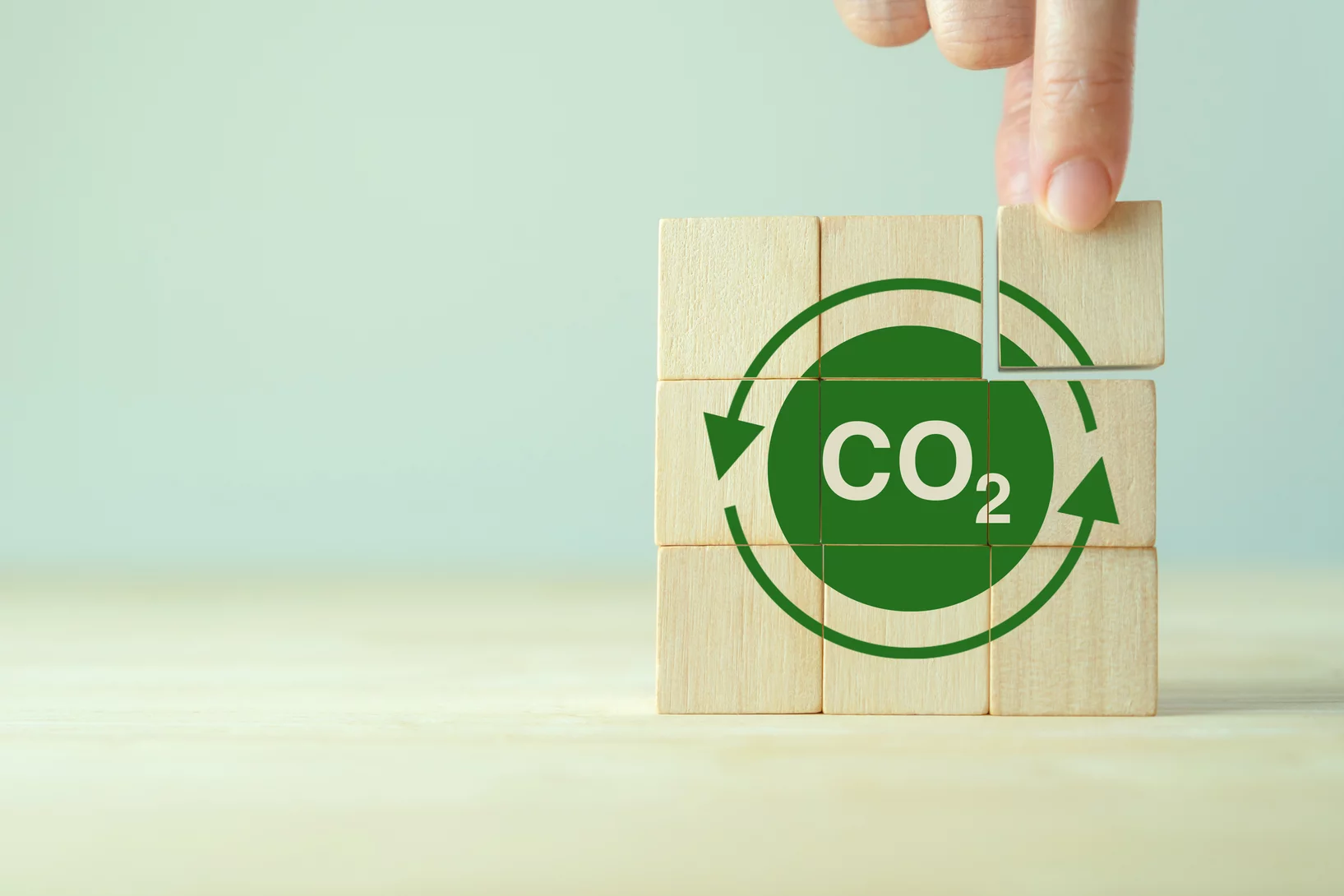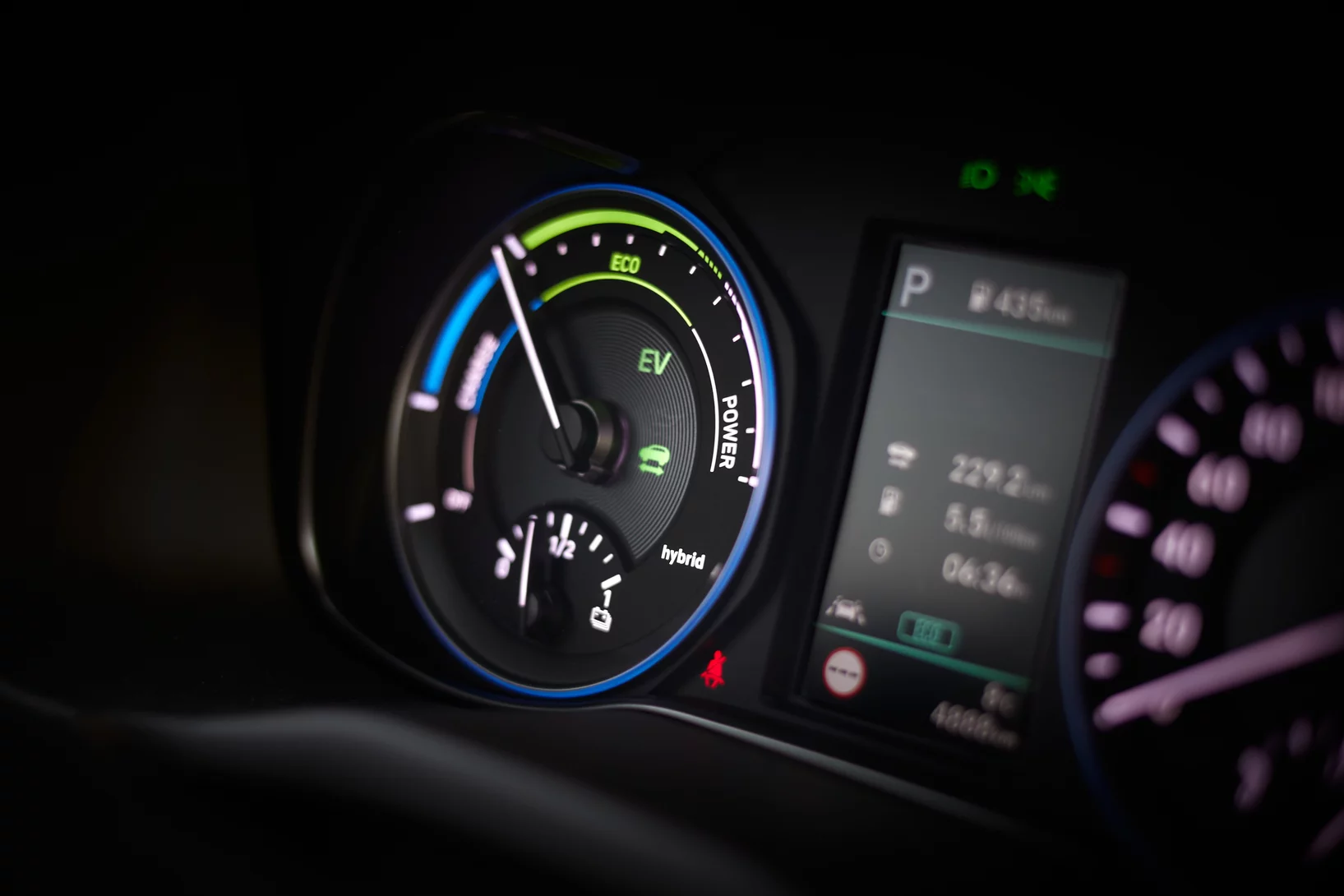Scientific Highlights
POLIZERO: le projet du PSI montre comment atteindre la neutralité climatique
L’objectif zéro net est atteignable, à condition que la Suisse pose maintenant les bonnes bases politiques.
La recherche du PSI dans le musée le plus visité de Suisse
Rendre la recherche énergétique tangible: Le Musée des transports a créé une plate-forme pour encourager le dialogue politique et social autour des thématiques énergétiques.
Une promotion ciblée de l'innovation pour la transition énergétique
Comment les innovations naissent-elles et comment peuvent-elles être encouragées de façon ciblée en vue de la transition énergétique? Michael Weinold, chercheur au PSI, a tenté de répondre à cette question en prenant pour exemple les lampes LED.
News
What kind of juice?
Battery or hydrogen cars? Or conventional combustion engines running on so-called “e-fuels”, synthetic fuels produced from carbon dioxide, water, and electricity from renewable sources? What makes the most sense for future individual road transport to achieve climate targets?
Shifting gears: the transition to electric mobility
If Switzerland is serious about achieving net-zero greenhouse gas emissions, a technological shift in personal vehicles is needed.
Decarbonizing Building Construction
The buildings we live and work in are changing – becoming smarter, more efficient, and powered by cleaner energy. But while we’ve made strides in reducing operational emissions, there’s a hidden carbon footprint that remains largely overlooked: the emissions locked into the materials themselves.






